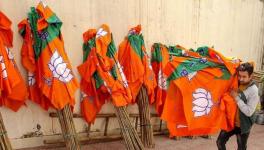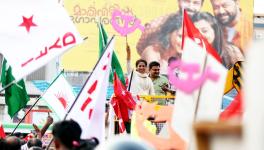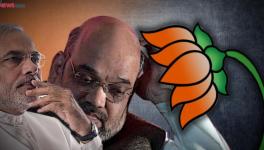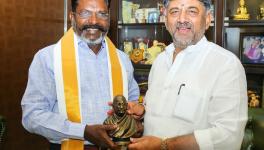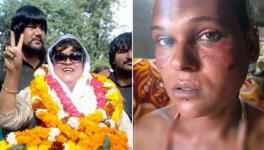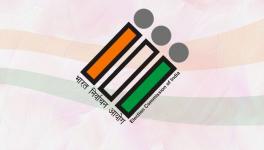What is the ‘Rath Prabhari’ Controversy?
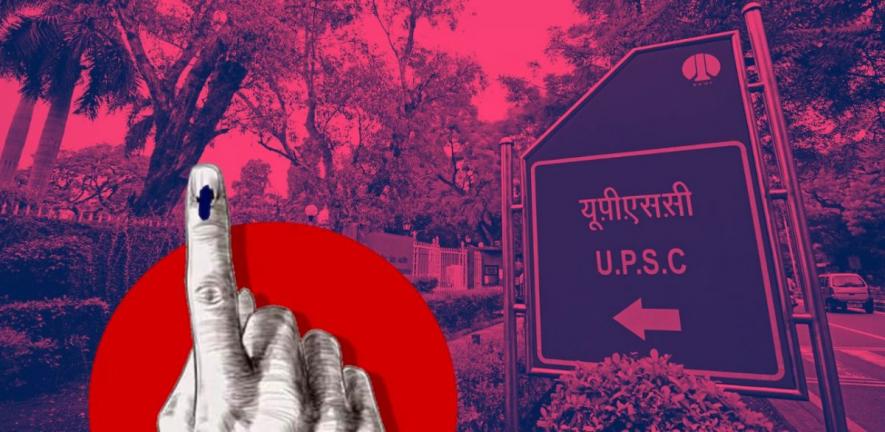
Representational Image.
Through the nomination of officials in government services, the Union government seeks to disseminate its achievements over the course of its nine years of governance. In an election year, the move has engendered questions of impropriety.
—
A new circular issued by the Union government nominating senior bureaucrats to function as rath prabharis has landed in hot water.
As per the circular, senior government officials have to showcase the achievements of the Narendra Modi-led Union government.
In light of the upcoming Lok Sabha elections as well as the elections to several state legislative assemblies, the circular has come under fire from activists, Opposition political parties, civil society and media organisations for violating the model code of conduct and using state machinery for party politics.
What does the circular say?
In a circular dated October 18 and tagged as ‘immediate’, the Union Ministry of Finance, Department of Revenue, Central Board of Direct Taxes directs the nomination of officers of the rank of joint secretary or director or deputy secretary pertaining to various services as rath prabharis.
The circular, addressed to the principal chief commissioner of income tax, has referred to a letter from the Department of Agriculture and Family Welfare’s secretary concerning “showcasing/celebration of achievement of the last nine years of the government of India”.
According to the circular, for the purpose of such celebration, the government proposes to organise ‘Viksit Bharat Sankalp Yatra’ across the country for “disseminating information, awareness and extending services” at the level of gram panchayats from November 20, 2023 to January 25, 2024.
The letter requests the principal chief commissioner to nominate 15 officers, by October 18 itself, for deployment as rath prabharis at each of the 765 districts covering 2.69 lakh gram panchayats in the country.
What is the model code of conduct?
The Election Commission of India (ECI) is the nodal body entrusted with the superintendence, direction and control of all elections to the Parliament and state legislatures under Article 324 of the Constitution of India.
Elections are a time of upheaval as candidates and parties have an impulse to use any and all means at their disposal to secure a win. The ECI has to ensure that these means are within the limits of propriety and fair play.
As early as 1960, the Kerala administration prepared a code of conduct for candidates contesting the state assembly elections. It had a positive reception and in the 1962 general elections all political parties agreed to follow a set of guidelines during elections.
In 1974, a formal version of the model code of conduct was circulated among political parties and in 1979 it was finally put into place.
The code is a set of norms to regulate and guide political parties and candidates primarily concerning election manifestos, processions, speeches, polling booths and general conduct leading up to and on the day of polling.
The code seeks to regulate two major divergences from due process: i) abuse of power by the ruling party by using State machinery to gain undue advantage in an election; ii) impropriety in the form of use of unparliamentary language against rival candidates and parties, and employment of tropes based on religion, caste, gender, region, etc.
The model code of conduct is enforced from the date of announcement of the election schedule by the ECI and remains in force until the completion of the election process.
During the general elections to Lok Sabha, the code is applicable throughout the country. Whereas, during elections to a state legislative assembly, the code is applicable in the entire state where the elections are being held.
Until the 1960s, this was not an issue because Union and state elections were held simultaneously, but after that it created its own set of problems as the ruling party at the Union level might peddle its achievements during a state election and thus skirt around the code.
Under its principle 7, the code provides that from the time elections are announced by the ECI, ministers and other authorities shall not make any ad hoc appointments in government, and public undertakings amongst others, which may have the effect of influencing the voters in favour of the party in power.
The principle clarifies that the ECI announces the date of the election not more than three weeks prior to the date on which the notification is likely to be issued in respect of such elections.
What is the row on rath prabharis?
Former secretary to the Union government, E.A.S. Sarma has written twice to the ECI flagging the Union government’s move to designate government officers as rath prabharis.
In his second letter, dated October 23, Sarma has pointed out that at least four Union ministers are contesting the upcoming state assembly elections.
These include Narendra Singh Tomar (agriculture and farmers’ welfare), Prahlad Singh Patel (minister of state for food processing industries and Jal Shakti) and Faggan Singh Kalaste (minister of state for rural development and steel).
Once the model code of conduct is in operation, deploying government officials for “canvassing” the achievements of the Union government should lead to disqualification of candidates of the ruling party, the letter reads.
Sarma claims in his letter that public servants taking part in any activity that is likely to influence the voters in an election is violative of Central Civil Services (Conduct) Rules, 1964 (Rule 5(4)).
The letter also points out that under Section 171C of the Indian Penal Code (IPC), the Union government “coercing” bureaucrats to act as rath prabharis amounts to undue influence at elections and is punishable.
In an interview with The Wire, Sarma declared the circular ‘illegal’ and said, “It is bizarre that their officers should be showcasing their government’s achievements in constituencies in which they will contest when the code is in force.”
Questioning the deployment for the aforementioned purposes, senior Indian National Congress leader Pawan Khera wrote on X, “How can civil servants be ordered to do political propaganda for a government going into elections?”
What are the consequences of flouting the model code of conduct?
The model code of conduct has evolved through a consensus between political parties and does not have the force of law behind it.
Any violations of the code result only in a rap on the knuckles in the form of a show cause notice by the ECI or prohibition from election campaigning for a limited period of time for the erring person.
This has led to an unfortunate situation where the code is followed more in the breach than the observance. In 1979, the code was firmed up to improve compliance. From 1991 onwards, the ECI has been more proactive in efforts to enforce the code.
In 2013, the Standing Committee on Personnel, Public Grievances, Law and Justice, recommended that the model code of conduct should be legally binding.
The ECI opposed the recommendation on the ground that since the code is usually in force for only a few weeks, and most judicial processes in India take long, it will be impractical to ensure compliance with a mandatory model code of conduct.
In 2015, the same standing committee recommended having ‘one nation, one election’ so that the imposition of the model code of conduct was streamlined.
In extreme cases, the ECI can take recourse to relevant provisions of the IPC, the Code of Criminal Procedure, 1973 and the Representation of the People Act, 1951 (RPA).
Without doubt, the most famous case of using public officials for electoral gains in India is State of Uttar Pradesh versus Raj Narrain.
In this case, a single judge of the Allahabad High Court found the then Prime Minister of India Indira Gandhi guilty on charges of misusing State resources and officials for personal and party purposes during elections.
In 1975, the Allahabad High Court observed, “Indira Nehru Gandhi obtained and procured the assistance of the said Shri Yashpal Kapur for the furtherance of prospects of her election from the constituency aforesaid inasmuch as the said Shri Yashpal Kapur was a gazetted officer in the service of government of India when his assistance was obtained and procured.
“The said Shri Yashpal Kapur, on the direction of Indira Gandhi, organised the electioneering work for her in the constituency during the period commencing from December 27 1970.”
Consequently, the court disqualified Indira Gandhi from contesting elections for six years. The judgment acted as a trigger for the Emergency.
Sarah Thanawala is a staff writer at The Leaflet
Get the latest reports & analysis with people's perspective on Protests, movements & deep analytical videos, discussions of the current affairs in your Telegram app. Subscribe to NewsClick's Telegram channel & get Real-Time updates on stories, as they get published on our website.









